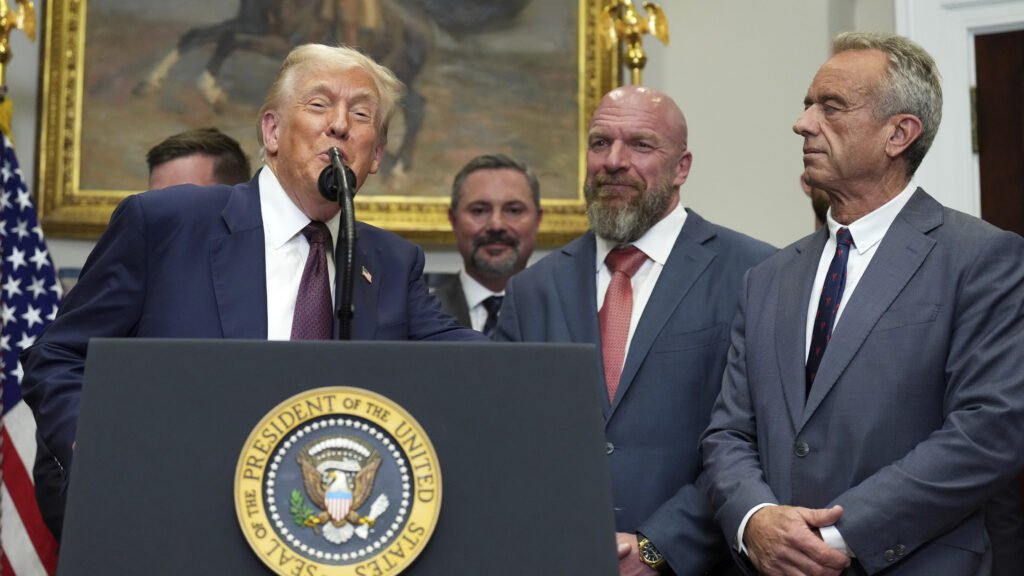The recent decision by the Supreme Court to allow the Trump administration to cut hundreds of millions of dollars in research funding has sparked controversy and concern among public-health advocates and Democratic state attorneys general. The ruling, which lifted a judge’s order blocking $783 million in cuts made by the National Institutes of Health, has paved the way for the administration to pursue its agenda of reducing federal diversity, equity, and inclusion efforts.
While Chief Justice John Roberts and the court’s three liberal justices were in favor of keeping the cuts blocked, the majority decision of 5-4 allows the administration to move forward with canceling numerous grants. The plaintiffs in the case argue that these cuts will have devastating effects on public health and human life, leading to “incalculable losses.”
The Justice Department, on the other hand, defends the funding decisions, stating that they should not be subject to judicial interference. The administration believes that efforts to promote diversity, equity, and inclusion can potentially conceal racial discrimination.
The lawsuit specifically addresses a portion of the $12 billion in NIH research projects that have been cut. In an emergency appeal, the Trump administration also targeted other instances where judges had blocked funding cuts. Solicitor General D. John Sauer argued that these cases should be handled in federal claims court, rather than by judges.
However, the plaintiffs argue that research grants are unique and cannot be treated in the same way as teacher-training contracts. They warn that halting studies midway could jeopardize scientific breakthroughs and harm the careers of researchers. U.S. District Judge William Young, who initially blocked the cuts, described the cancellations as arbitrary and discriminatory, expressing disbelief at the government’s actions.
Despite the appeals court upholding Young’s ruling, the Supreme Court’s decision allows the administration to proceed with its plans to slash research funding. The implications of these cuts remain uncertain, with concerns lingering about the impact on scientific progress and public health. The ongoing legal battle underscores the challenges of balancing budgetary constraints with the need for continued research and innovation.


